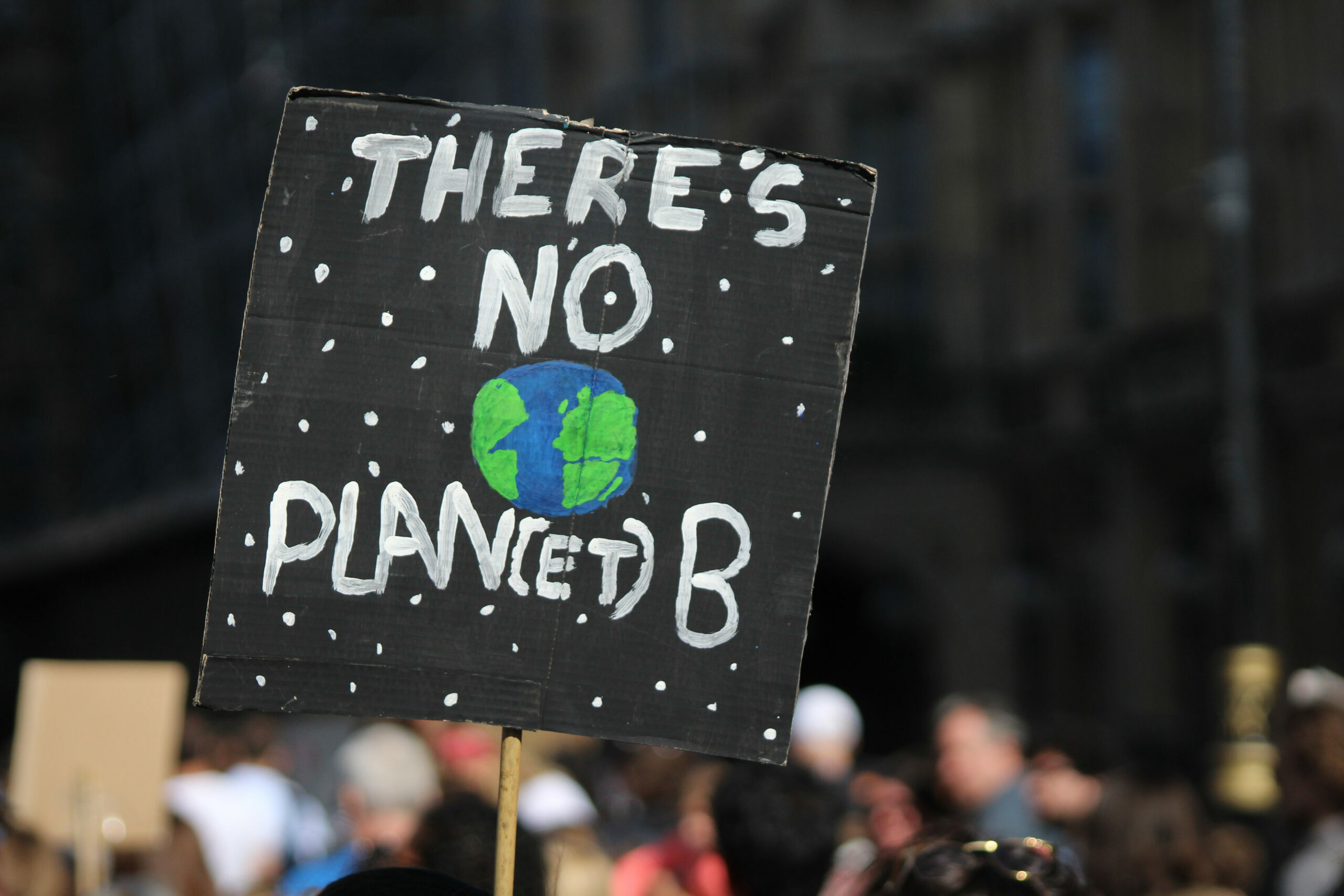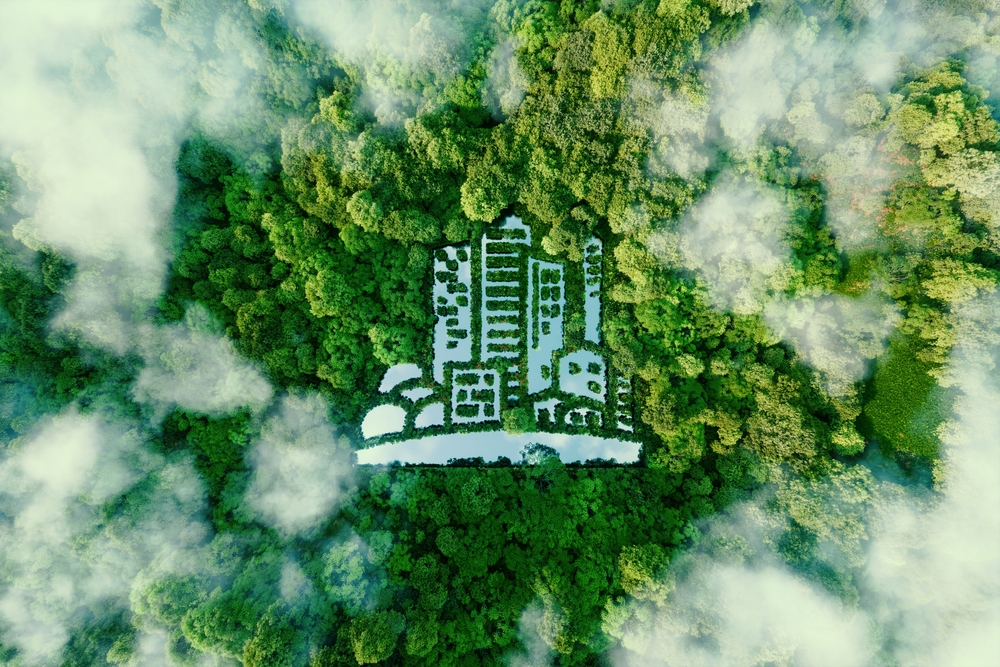The future of quaketech
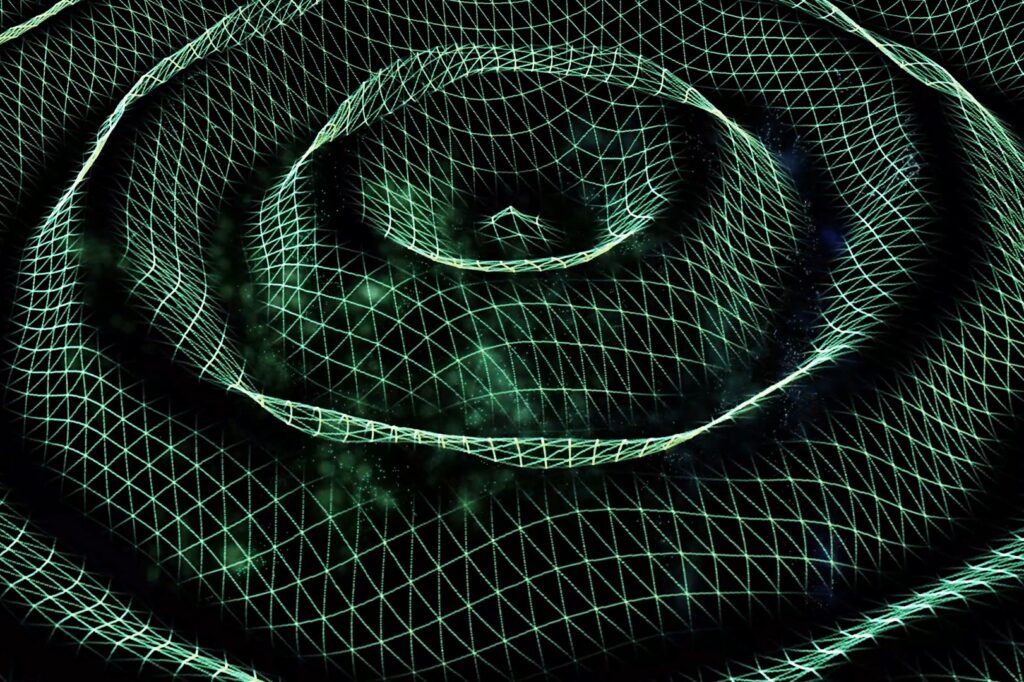
The earthquake alert I receive through my phone is always jarring and to the point.
“There is an earthquake! There is an earthquake!” a female voice exclaims in Japanese, which is then immediately followed by a terrifying and impossible-to-disregard clamorous alarm sound. After this earthquake early warning (EEW), we Tokyoites have, on average, between 10 and 30 seconds to seek out a more secure position or head for higher ground before the shaking commences.
Those fortunate enough to reside in one of the more technically advanced prefectures in Japan will receive localised earthquake intelligence via a regimen of public address systems, which will bark out specific evacuation instructions as well as information on the nearest public areas that are currently determined to be safe. As a long-time resident of Tokyo, it is quite comforting to know that within a single nanosecond of an earthquake being detected, not only will I get a warning sent to my mobile phone, as well as any accessible radio and television networks, but that the EEW system will begin to automatically halt trains and shut down nuclear reactors before the worst shock-waves are felt.
As perhaps the most earthquake-prone and tsunami-vulnerable nation on the planet, Japan continues to lead the world in rapid seismic detection technology and EEW systems. Since 2007, the Japanese Meteorological Agency has been able to issue increasingly sophisticated public warnings, enabled by its dense network of 1,000-plus underground seismographs positioned throughout the country. These seismic sensors analyse each earthquake’s primary waves (which are largely harmless and imperceptible) and then determine the estimated location and magnitude of the quake, all within a fraction of a second.
If the ground movement is deemed to be potentially harmful – based on predetermined minimum intensity thresholds – alerts will be immediately promulgated through the EEW system, warning citizens 10 to 30 seconds before harmful secondary waves arrive from the quake’s epicenter and commence their destructive shaking. Of course, the time needed to properly detect and warn the populace about a ruinous earthquake is highly dependent on the proximity of an individual to the quake’s epicenter and the distance between the quake’s epicenter and the closest seismic sensors.
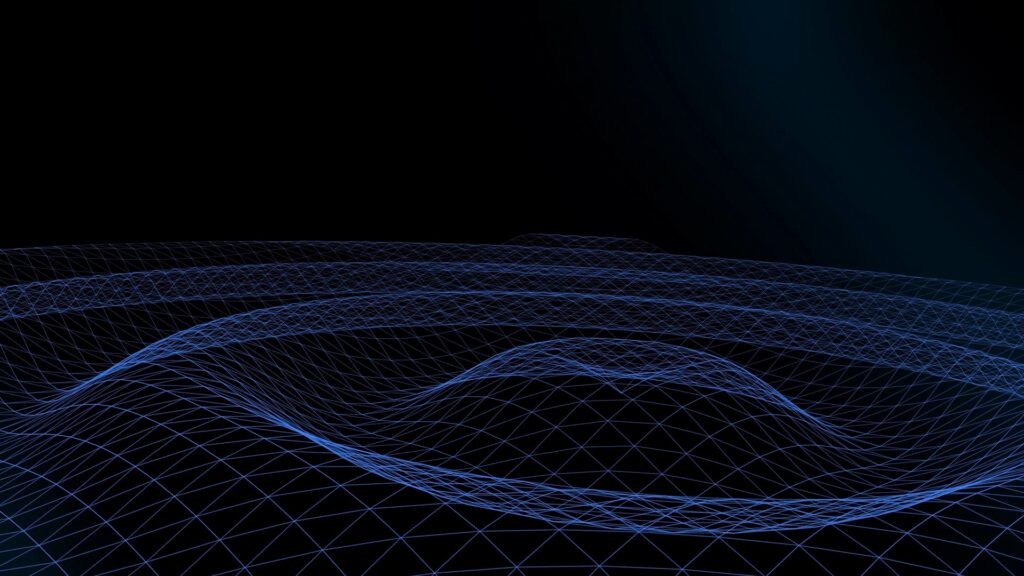
Outside of Japan, the most advanced EEW system is centered in the USA. Sponsored primarily by the US Geological Service, ShakeAlert has been sending out earthquake alerts over the last two years to various locations in the State of California. Although many sensor/transmission components of ShakeAlert are considered to be more advanced than what has been implemented in Japan, the sensor network was less than 65% complete as of this Spring, and several data integration, infrastructure, and funding issues persist. Also, regulatory and environmental considerations are making things challenging for California, as public construction permits can be costly and difficult to obtain.
While the rest of the world is learning important lessons on EEW systems from Japan and California, there remains much room for improvement in the areas of earthquake detection, characterisation, and warning transmission. A great deal more thought leadership, education, and innovation are required if we are to improve the rate at which lives and property are saved in countries where earthquakes remain a continual threat. For example:
- Transmission infrastructure remains problematic. Not all alert transmission conduits are fast enough or robust enough to disseminate alerts before they are compromised by secondary wave vibrations. A large portion of our telephone lines, cell phone substructure, and public/private internet links remain extremely vulnerable to natural catastrophe. For example, cellphone towers can be easily damaged or upended in a severe earthquake.
- EEW systems need to further embrace prescriptive analytics. It is not enough to know that an earthquake is on its way: humans need to know what action to take after disaster strikes. In a country like Japan, where much of the population lives close together in wooden houses, citizens would most likely reap great benefit from post-quake thermal imaging analytics – where residents would receive reports on where fires have broken out in their region along with subsequent real-time information which recommends the safest evacuation routes and areas for assembly.
- Data on seismic activity must become more seamlessly integrated with utility, public transportation, and power-grids – not only domestically, but on an international foundation. We need to do a better job of envisioning Smart Grid technology solutions from a global perspective.
- Information campaigns on how to receive and respond to earthquake early warnings must be crafted to reach the maximum number of individuals. This will necessitate that we enhance current earthquake response education with bi-lingual support and make accommodations for those with disabilities or limited access to smartphones.
“It is not enough to know that an earthquake is on its way: humans need to know what action to take after disaster strikes”
Although the EEW warning system here in Japan gives me a heightened peace of mind about the perils I may face from an earthquake, there is always some level of trepidation as I venture out into each new day. Consequently, it is important that, as professional scientists and technologists, we do not overlook the health impact of earthquakes: they are not only damaging to property – they can be scary and traumatising; and at their most extreme, they have the potential to cause PTSD-like symptoms, especially when frequent aftershocks wake us from our sleep and disturb our business meetings for many weeks.
However, in tandem with the recent improvements in earthquake detection and warning systems, there are encouraging developments (from a mobile applications perspective) on how to better assess the mental veracity of those affected by natural disasters as they unfold. For those of us that live with the daily threat of earthquakes, we can continue to look towards both Japan and the USA to lead all areas of quaketech innovation for the foreseeable future.
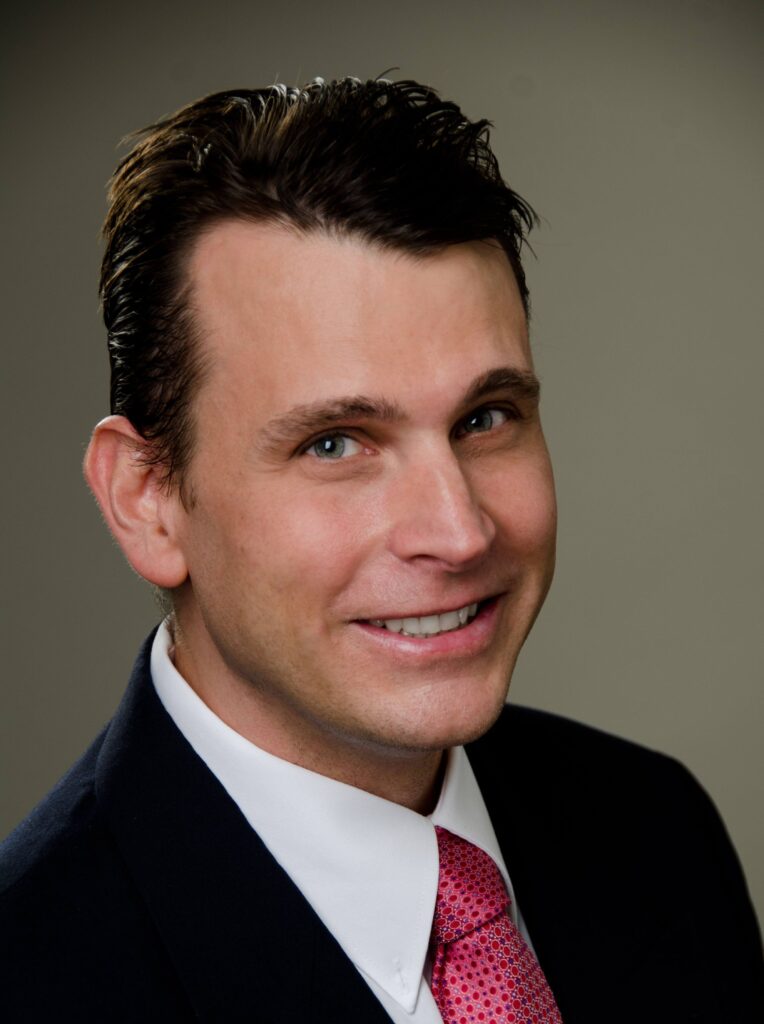
William Laurent is the founder of FujiGain.

